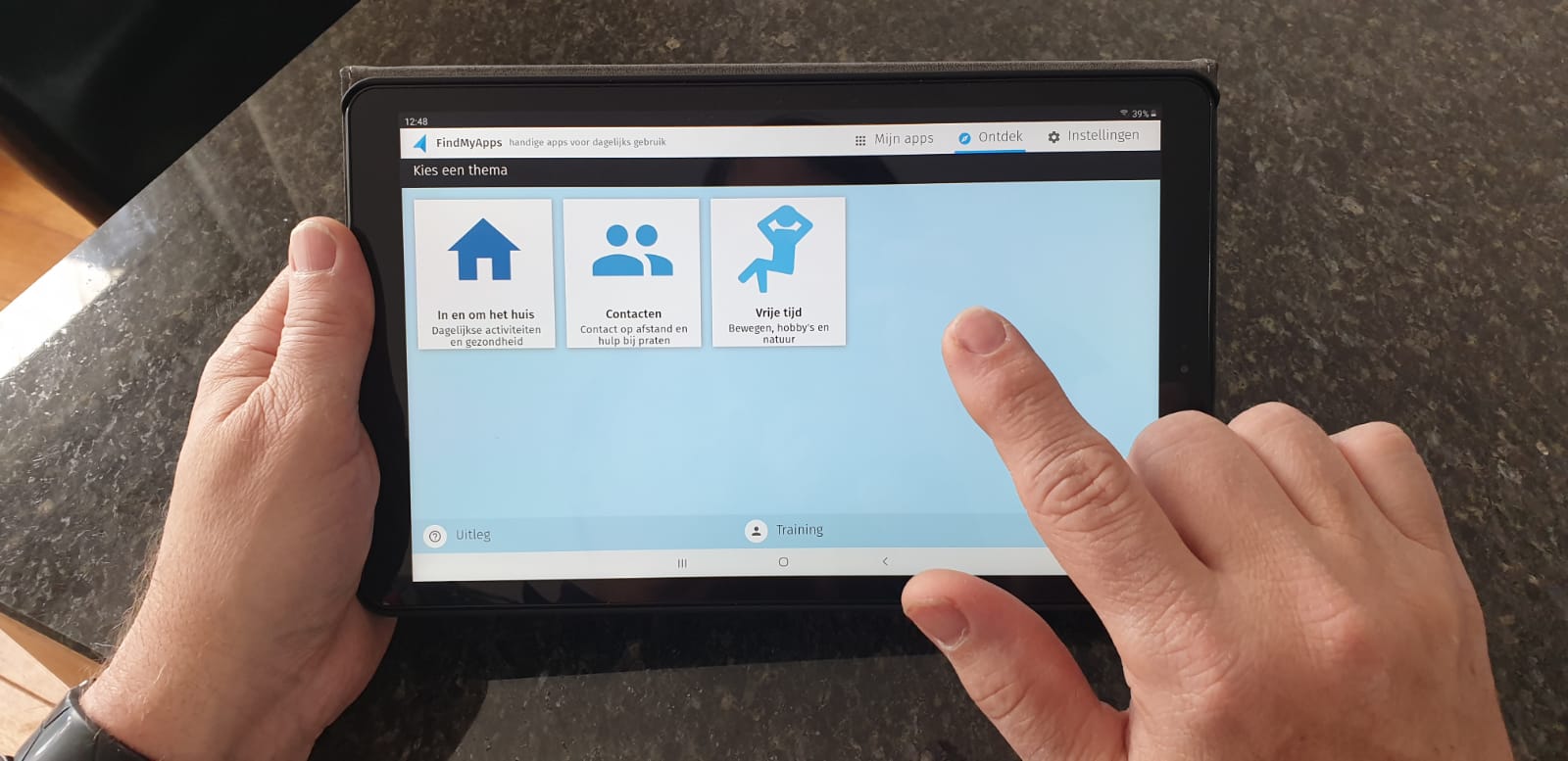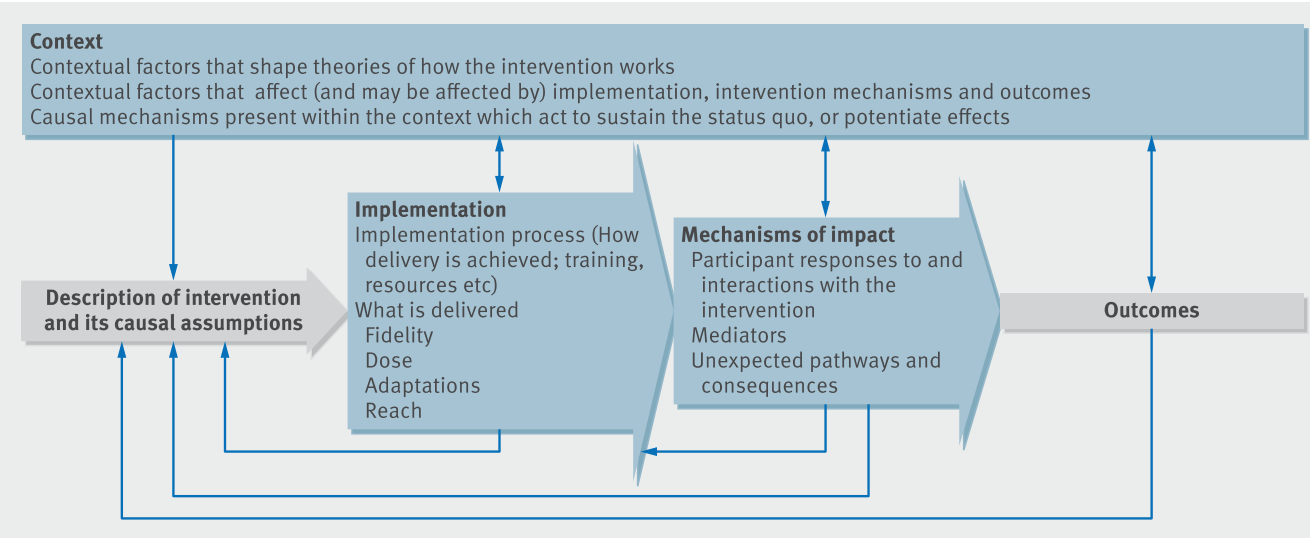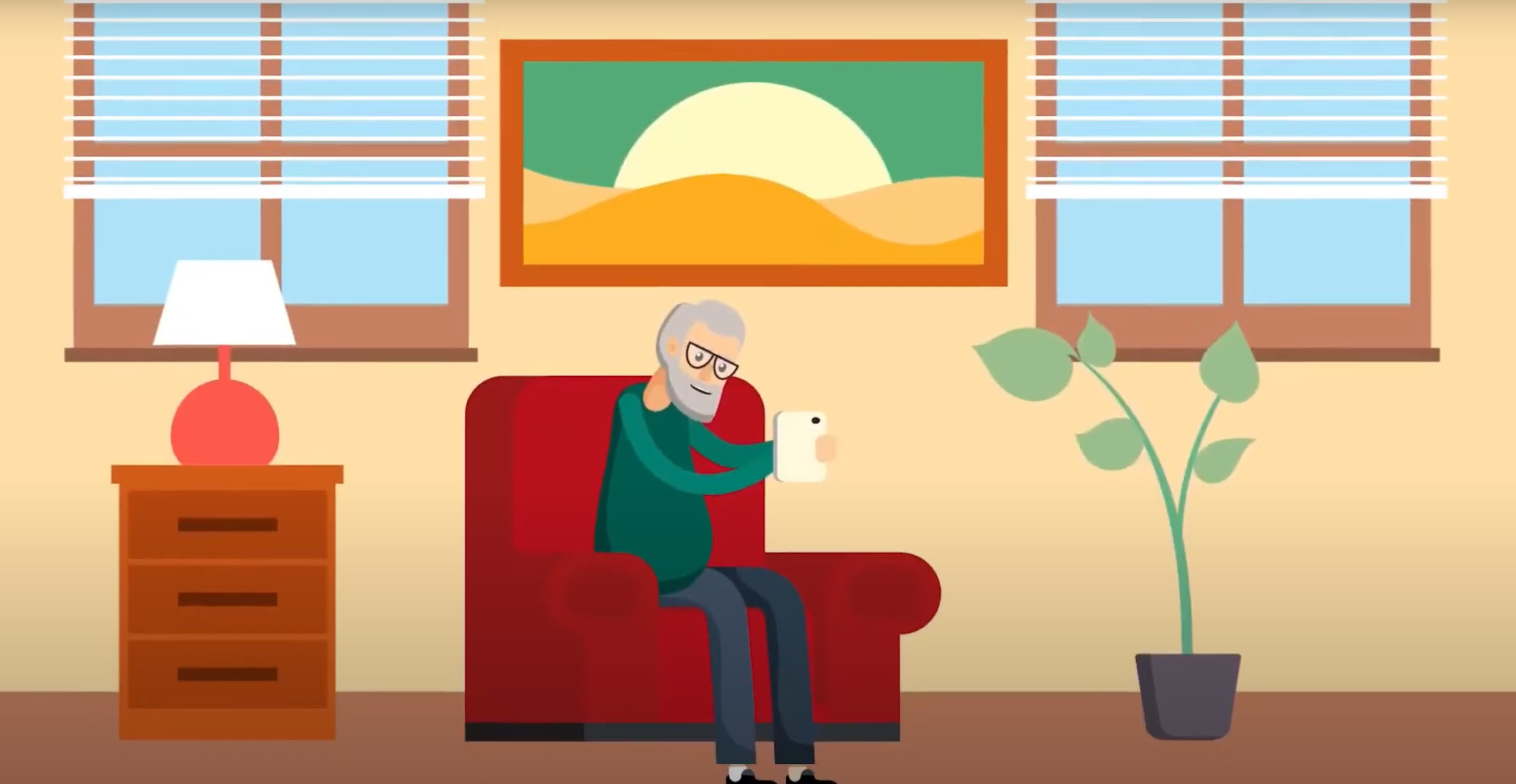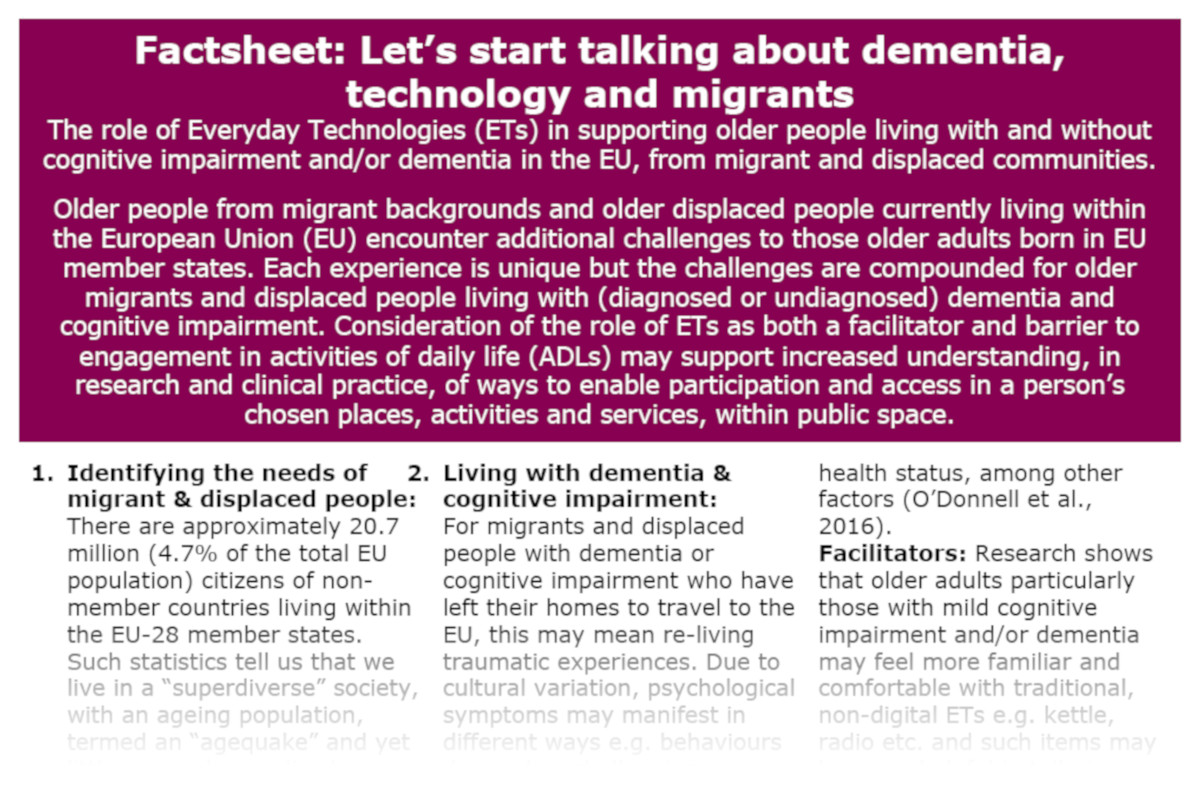Technology in everyday life
Guidance
Public transport providers and policy-makers should be more aware of barriers to access and consider adaptations to enable better accessibility for people with cognitive issues or disabilities living with dementia.
Explanation and Examples
Everyday Technologies are required to access public transport (e.g. ticket machines, GPS, travel updates on smartphones). Research from the UK and Sweden explored how access to public transport can enable or disable a person’s ability to participate in places and activities, within public space. The UK study involved 64 older people with dementia and 64 older people with no known cognitive impairment. The Swedish study included 35 older people with dementia and 34 older people with no known cognitive impairment. Transportation centres were one of the places most frequently abandoned over time by the Swedish group of people with dementia. In both the Swedish and UK samples, compared with people without dementia significantly fewer people with dementia were drivers, so may have increased need to use public transport. Research shows they face increased barriers to using the Everyday Technologies that are required to access those services. The research is supported by consultations that were performed across London with community-based groups of older people with and without dementia, and the European Working Group of People with Dementia. The consultations revealed not only physical but also cognitive barriers to using Everyday Technologies to access public transport.
Read more >
Guidance
Service providers should counter the stigmatising effect of not having access to, or not being a skilled user of, Everyday Technologies, for people with dementia and consider strategies to enhance participation, providing offline and online choices for all public services.
Explanation and Examples
Interviews were performed with 128 older people with and without dementia in the UK, and 69 people with and without dementia in Sweden. In both the UK and Swedish studies, people with dementia reported significantly lower use of Everyday Technologies compared to older people without dementia. People with dementia also reported significantly lower participation in places and activities within public space. Reduced ability to use Everyday Technologies was linked to reduced participation in places visited and activities within public space for people with dementia. Community-based consultations with older people with and without dementia across London showed that Everyday Technologies can provide opportunities to participate in services, e.g. eHealth and online banking. However, without face-to-face or written options (e.g. offline), people with dementia are at risk of stigma associated with digital exclusion. Barriers to participation in their everyday lives can lead to social isolation.
Read more >
Social Health Domain 1: Fulfill ones potential and obligations
Guidance
Dementia associations’ websites are an ideal place to provide advance care planning information to a wide public. If information about advance care planning is provided, dementia associations should ensure balanced content. Websites should address not only legal and medical information, but also practical guidance on how to engage in and communicate about advance care planning.
Explanation/examples:
Advance care planning is a process that enables individuals to define goals and preferences for their future care. As people with dementia have a high risk of cognitive decline, advance care planning is important. Many people use the internet to find health information. Some of the most consulted sources to search for specific information about dementia are the websites of dementia associations. We conducted a content analysis of dementia associations’ websites in Europe regarding advance care planning information. We included 26 dementia associations’ websites from 20 countries and one European association, covering 12 languages. Ten websites did not mention advance care planning. The information on the remaining 16 varied in terms of themes addressed and amount of information. Legal and medical themes were prominent, while other key advance care planning themes such as communication with family, communication with health professionals, sharing of decisions and the identification of personal values and life goals seem largely to be under-addressed. This is an important gap, given that the drafting of advance directives should be preceded by a process of communication between the person with dementia, their family and their healthcare providers.
Read more >
Guidance
End-users should be involved in the development of web-based advance care planning support tools to ensure their usability and usefulness for end-users. Furthermore, the content of web-based advance care planning tools should be substantiated by scientific evidence.
Explanation and Examples:
More and more web-based advance care planning support tools are publicly available on the internet. We conducted a systematic review of web-based interactive advance care planning support tools. We found numerous interactive web-based advance care planning support tools, varying in terms of their characteristics, functionalities, readability, quality of content, and level of evidence. Most tools were not co-developed with end users; were of low or medium quality; and, with a few exceptions, had not been evaluated in research. Tools should be evaluated through usability and effectiveness testing and should be substantiated with the most recent scientific literature.
Read more >
Technology for meaningful activities
Guidance
Pilot studies should be conducted to help inform and reduce technical problems and improve accuracy prior to evaluating the effectiveness of new tablet interventions
Explanation and example
Our feasibility study of FindMyApps, a digital programme helping people with dementia to find useful apps for self-management and meaningful activities, showed that when people experienced technical problems they were sometimes not able to provide useful feedback about FindMyApps. For instance, some participants did not use the intervention anymore after they encountered technical problems. Even though a development and pilot study were conducted technical problems still occurred, such as: apps not being available anymore, explanation videos which did not work, personal settings not being saved, the button to go back being difficult to find, and links that did not work. To ensure that technical problems are resolved timely and do not interact with the evaluation of the tablet intervention, it is important to monitor for technical barriers by regular contact with people using the intervention in evaluation studies.
Read more >
Guidance
When evaluating the benefits of technological interventions for people with dementia and their carers it is recommended to conduct a process evaluation to understand the possible influence of contextual, implementation and mechanisms of impact factors that may have influenced the intervention outcomes. This will also provide useful information on the conditions for successful implementation of the intervention.
Explanation and example
In our randomised controlled exploratory pilot trial into the FindMyApps programme, a tablet-based selection tool and training to help people with dementia to find apps for better self-management and meaningful activities, we conducted a process evaluation based on the British Medical Research Council’s (MRC) guidance for process evaluation of complex interventions (Moore et al., 2015).
This framework highlights the possible influence that contextual, implementation and mechanisms of impact factors may have on intervention outcomes. The process evaluation in the FindMyApps study provided very relevant information. For instance, with regard to contextual factors we found that it is important that the person with dementia has someone who is easy to approach and who can help them in case of practical problems, and that a helpdesk is in place for more complicated questions and technical problems.
With regard to implementation, it proved important to check if and how much a participant had experience in working with technological devices, and to adapt their training accordingly. Additionally, it proved necessary to personalise the approach to a participants’ awareness of their deficits. This was largely because some people with dementia had a more accurate understanding of their abilities and limitations with respect to their deficits than others. With regard to mechanisms of impact, we found that users who regularly practiced and who’s caregivers helped them by means of the errorless learning method learned to use FindMyApps easier than users who practiced less and who’s caregivers were less active in guiding them by using errorless learning.
This information is not only relevant for the outcome evaluation, but also to get insight into conditions for successful implementation of FindMyApps.
Read more >
Guidance
People with dementia can have difficulty finding apps for self-management, meaningful activities and social participation that match their needs, interests and abilities. A tool that helps them find such apps is therefore recommended.
Explanation and example
People with dementia often experience unmet needs in their self-management, meaningful activities and social participation. Apps and technological interventions can potentially help them fulfil these needs and also decrease the burden for caregivers.
The last decade many apps have been developed that can support people with dementia in managing daily life, engaging in activities and staying in touch with their social network. However, people with dementia may have difficulty finding apps that match their needs, interests and abilities, FindMyApps is a selection tool that aims to help people find, download and use apps for self-management and meaningful activities, which are dementia-friendly and meet their needs, interests and capabilities.
A randomized controlled exploratory trial into the effectiveness of FindMyApps showed that people with dementia who were offered this tool more frequently downloaded and used apps for self-management and meaningful activities than people who did not have access to this tool. This confirmed the usefulness of the tool. Therefore, a tool such as FindMyApps is recommended for people with dementia and their caregivers to ease the search for suitable apps.
Read more >
Social Health Domain 2: Manage ones own life and promote independence
Guidance
More high quality, ecologically valid, controlled studies must be planned, funded and executed in order to properly evaluate the effectiveness of technologies designed to be used by people with dementia and to improve social participation and self-management.
Explanation and examples
A systematic review found that in the whole world only nine controlled evaluation studies with technologies designed for people with dementia have been carried out in ecologically valid settings, to assess effectiveness in improving social participation and self-management. Controlled studies are the most effective way of conducting unbiased evaluations, from which causal inference can be drawn. Policy-makers should be demanding this level of evidence as a condition of investment in such technologies. So far, studies have been conducted with VR-based technologies, other wearable technologies, and software applications. However, only a single study was found to be of good quality. Other technologies for people with dementia have not yet been the subject of a single ecologically-valid, controlled study with these outcomes (this includes, for example, social robots). In order to conduct high quality studies, researchers must ensure that studies are adequately statistically powered based on a sufficiently large sample; include active technology-based control interventions, so that is controlled for attention; and conduct and report intention-to-treat analyses, taking into account data of all participant to the study, including dropouts, and not only those who completed the intervention. Funding bodies must recognize the need to fund such studies accordingly. Clinicians, healthcare providers, policymakers and users of technology should expect and demand that such high-quality evidence is available to support decision-making.
Read more >
Social Health Domain 3: Technology to promote social participation
Guidance
See recommendation no. 3.2.5.1
Read more >
Technology in everyday life
Guidance
Technology companies and developers should involve more diverse groups of people living with dementia or caring for people with dementia, in all stages of design, development and implementation of technologies. They should also consider existing contexts before introducing them.
Explanation and Examples
Consultations explored the ways in which Everyday Technology can be both an enabler and disabler, among people living with dementia, or providing care for people with dementia, from minority and migrant communities within the EU (Germany and Greece). The consultations highlighted the need for more contextually-relevant Everyday Technologies. This includes consideration of existing contexts before introducing technologies or technology interventions e.g. eHealth, finance or social apps. Consultees reported the need to identify existing levels of access and ability to use Everyday Technologies (e.g. possession of technological devices and digital literacy etc.) as well as access to infrastructures to support their use (e.g. internet connection, battery charging facilities and face-to-face support). Everyday Technology use is influenced by contextual and cultural factors. Technology companies and developers need to involve a more diverse group of people living with dementia or caring for people with dementia (e.g. from different cultural and socio-economic backgrounds, urban and rural environments etc.) throughout all stages of technology development.
Read more >
Technology for meaningful activities
Guidance
Ensure new technology is compatible with a range of relevant platforms to promote implementation.
Explanation and examples
Findings from the feasibility trial showed that people with dementia use a range of devices with various software versions (e.g. smartphones, touch-screen tablets, and personal computers) to access apps and other services. New technology which aims to be compatible with these different devices, can lead to increased uptake and may contribute to successful implementation.
Read more >







